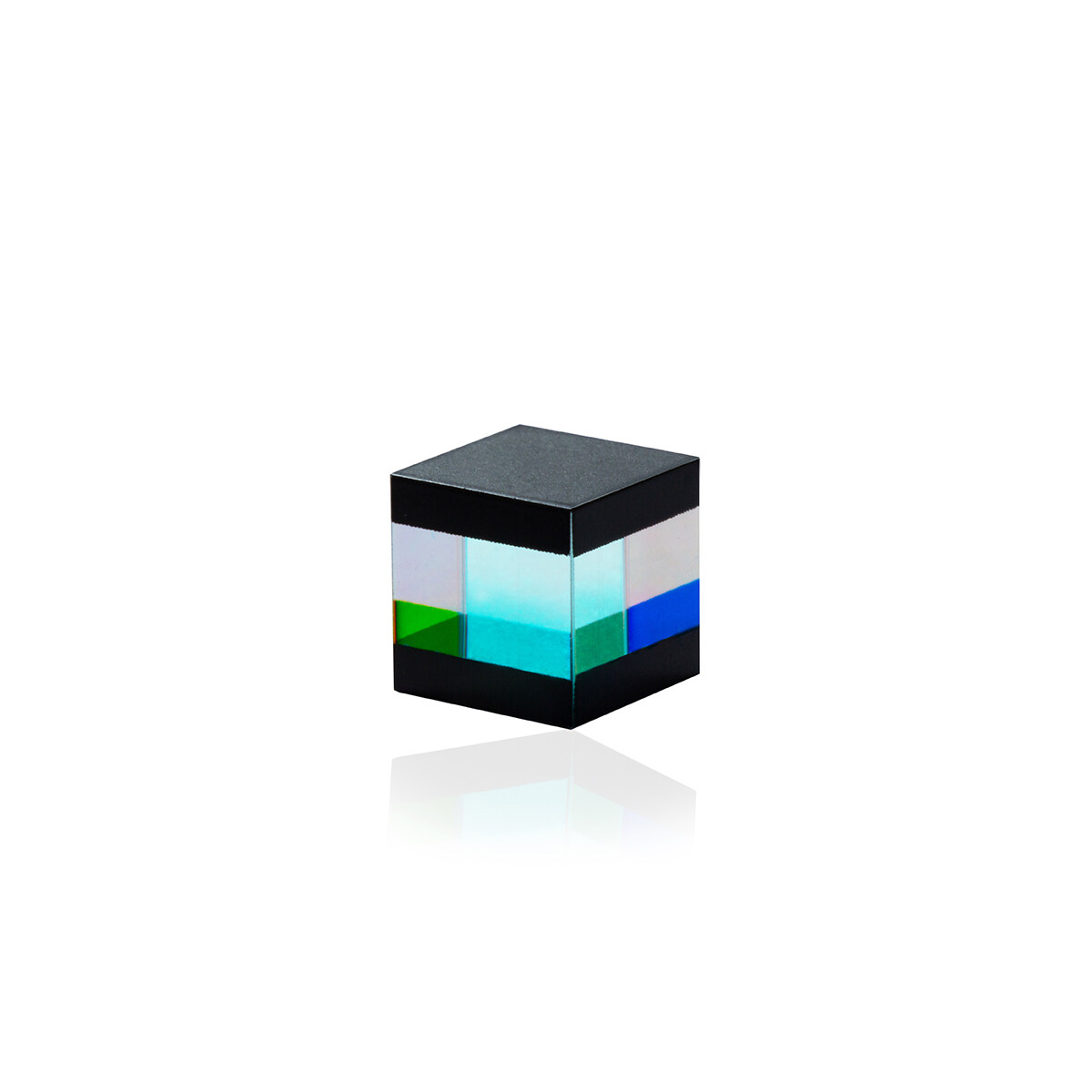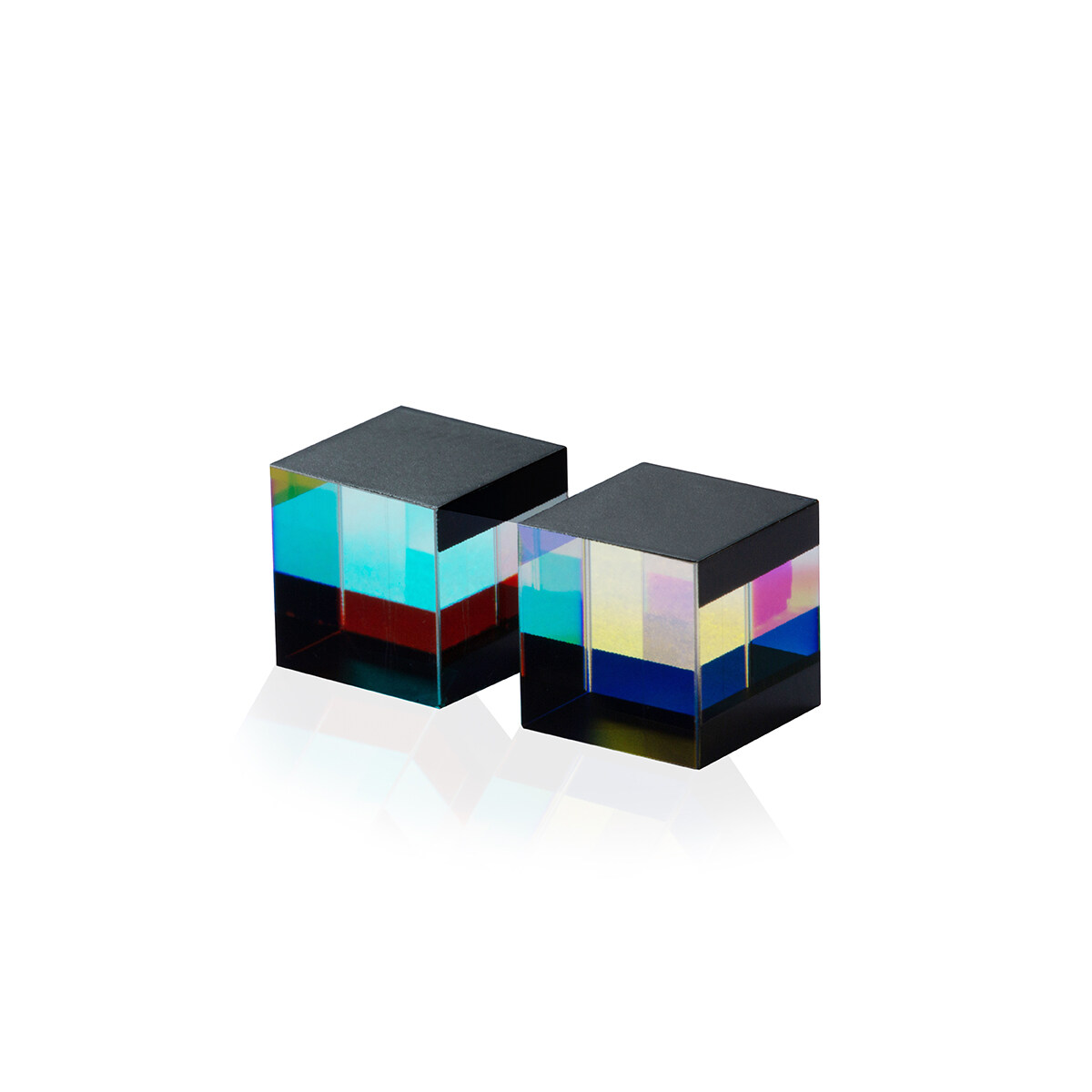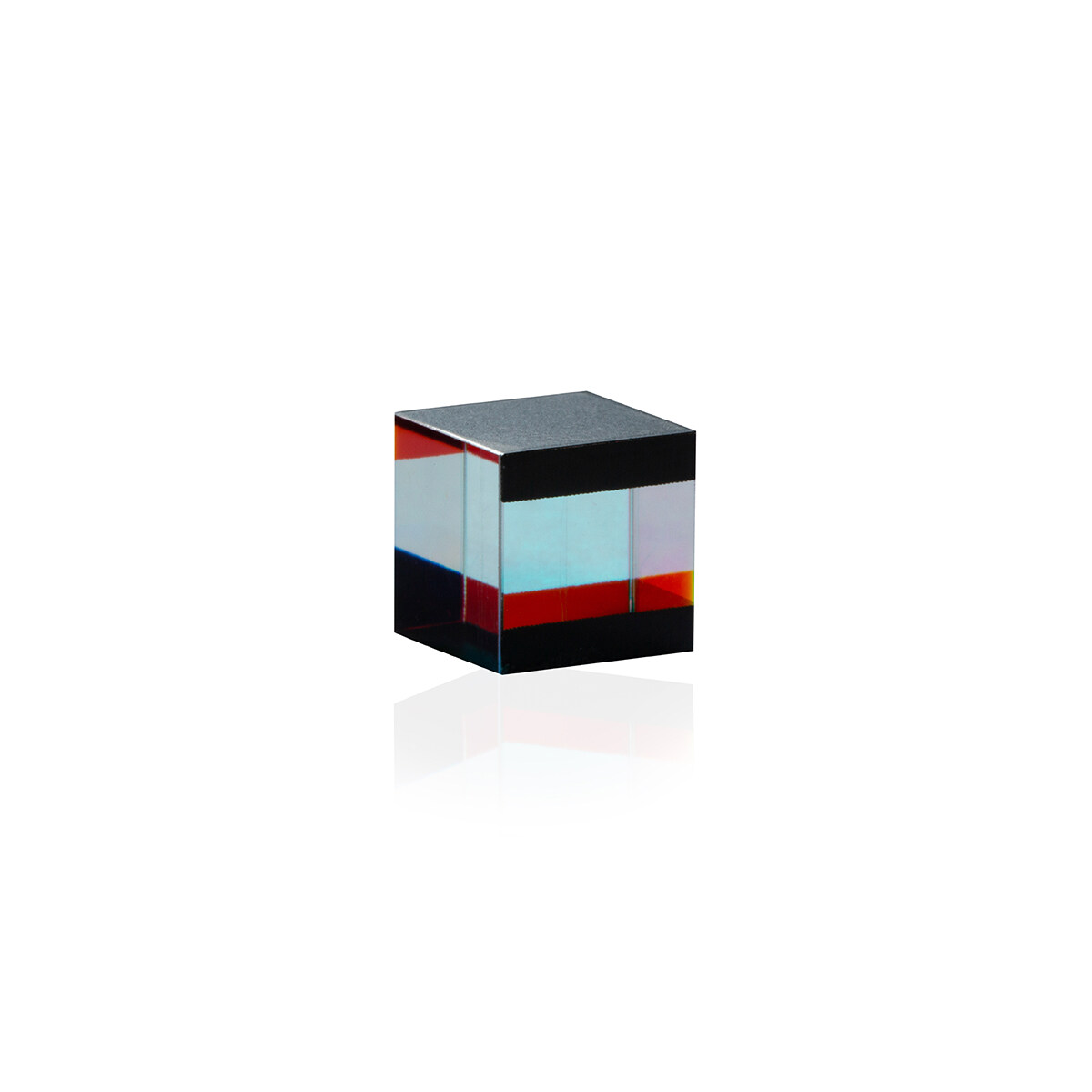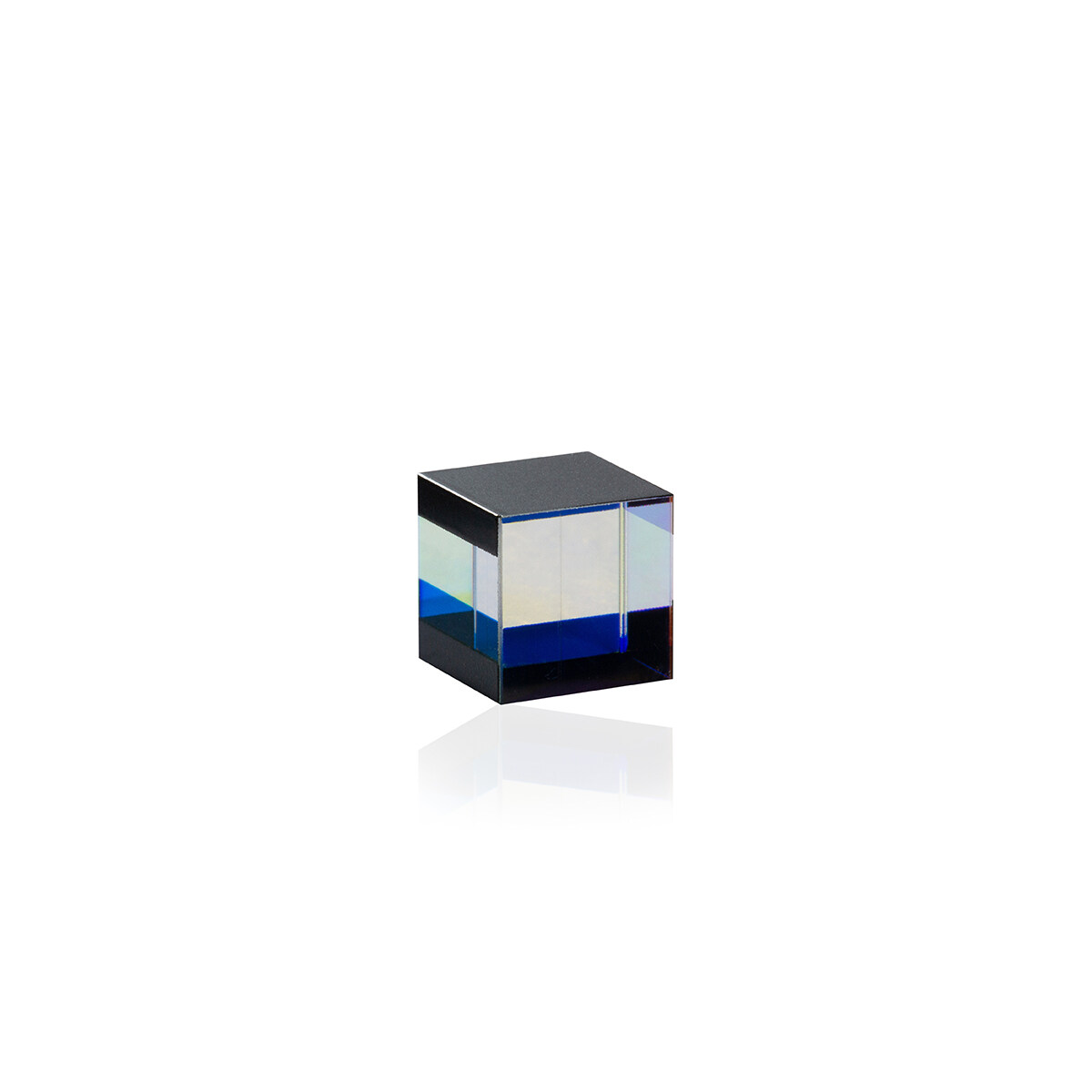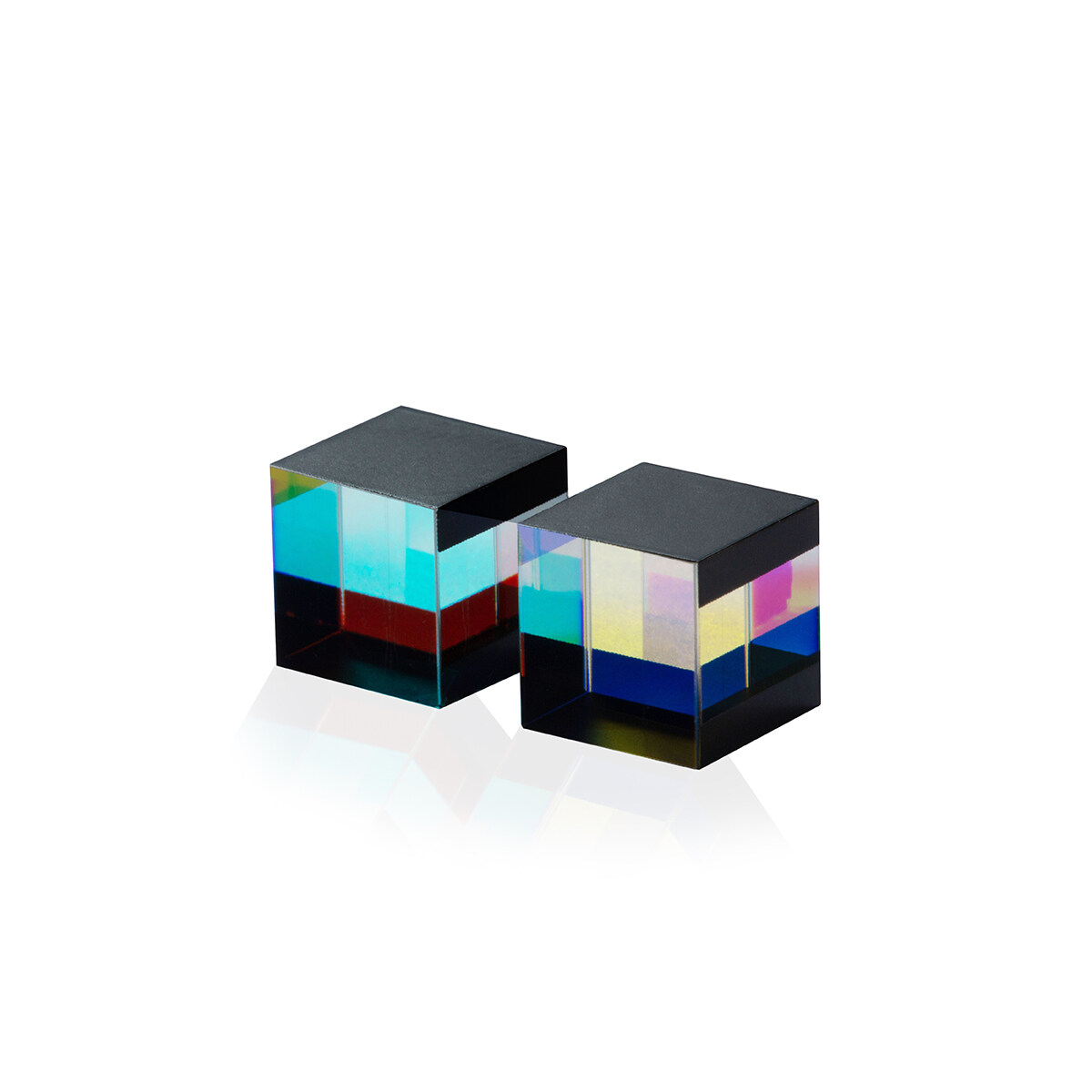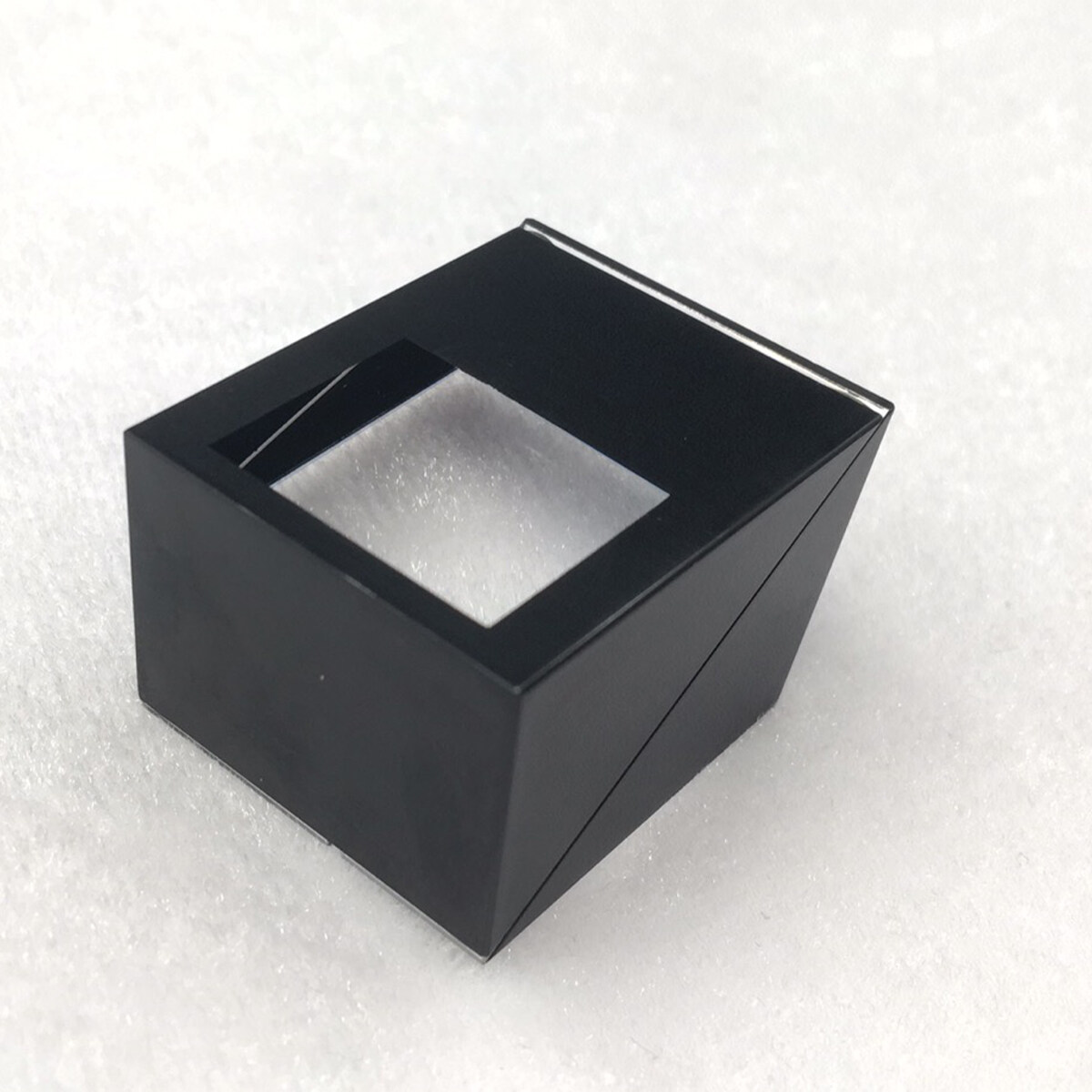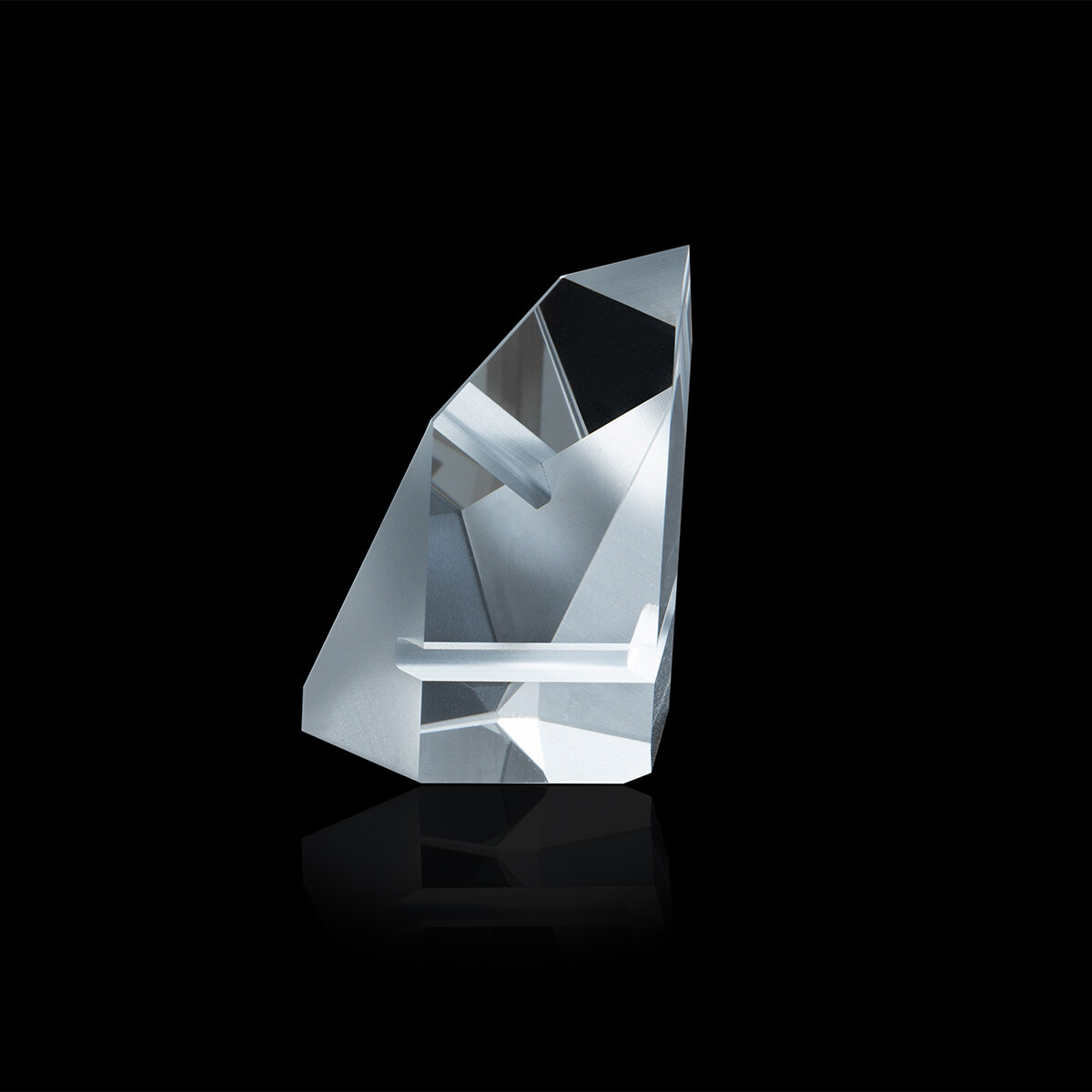Email format error
Email cannot be empty
Email already exists
6-20 characters(letters plus numbers only)
The password is inconsistent
Email format error
Email cannot be empty
Email does not exist
6-20 characters(letters plus numbers only)
The password is inconsistent

NPBS Prism
We are the one of Chinese optical glass prism cube suppliers and we offer a variety of NPBS Prisms for sale. Welcome to contact us.
What is a Non-Polarizing Beamsplitter (NPBS)
The non-polarizing beamsplitter prism is composed of a pair of precision high-tolerance right-angle prisms and a metal dielectric film on the hypotenuse of one of the prisms glued together. Its low polarization is dependent on the metal dielectric layer so that the transmittance and reflectivity of S and P polarized light are within 5% of each other. This means that they do not change the polarization state of incident light. We offer broadband and single wavelength depolarizing beamsplitters (NPBS). In order to produce maximum transmittance in the appropriate wavelength range, an anti-reflection coating is applied to each side of the beamsplitter prism.
How do Non-Polarizing Beamsplitters (NPBS) work?
These beamsplitters disperse energy with minimal sensitivity, and the polarization states of the incident and reflected beams are essentially the same. The broadband depolarization beamsplitter prism hybrid coating has a certain absorption capacity, but the polarization sensitivity is the lowest. Due to the metallic nature of the hybrid coating, these stereo beamsplitters are not suitable for high power lasers.
The difference between the following three:
BS (Beam Splitting Prism): Sensitive to incident polarization, the angle of linear polarization will affect the beam splitting ratio. If the incident light is natural light or circularly polarized light, it will be split by 50:50. When splitting the beam, it is only necessary to divide the energy. The polarization state of the two paths of light emitted under the ideal device is still the same as before, and the actual process defects will cause a little depolarization. Almost no absorption of light intensity.
PBS (Polarization Beamsplitter Prism): Sensitive to incident polarization, the angle of linear polarization will affect the beam splitting ratio. If the incident light is natural light or circularly polarized light, it will be split by 50:50. When splitting the beam, in addition to distributing the energy, the two outgoing lights must be linearly polarized, and one beam is parallel linearly polarized, the other is vertical linearly polarized, and the two linear polarization directions differ by 90°.
NPBS (Depolarization Beamsplitter Prism): Insensitive to polarization, no matter what the polarization state of the incident light is, it will not affect the splitting ratio of the outgoing light, and the splitting ratio is 50:50 in any case. When splitting the beam, it is only necessary to divide the energy. The polarization state of the two paths of light emitted under the ideal device is still the same as before, and the actual process defects will cause a little depolarization. It has a certain absorption of light intensity.
How to use the beam splitter:
In the transmitted light method, the gemstone is placed between the light source and the beam splitter, illuminated with a strong white light source, and only the light passing through the gemstone is allowed to enter the slit of the beam splitter. Adjust the focal length of the slide tube to make the spectrum and wavelength scale clear, adjust the size of the slit, and control the amount of light entering. Usually, it is easier to observe the absorption spectrum of the gemstone when the slit is about to be closed. However, for gemstones with weak transparency, the slit should be gradually opened under the closed condition to have a better effect. The spectral characteristics of the observed gemstone include: whether it is an absorption line or an absorption band; the intensity of the absorption, that is, the apparent degree of the black line band (strong, medium, weak), and the wavelength of the absorbed light. Helps distinguish certain gemstones from imitation gemstones. Helps identify color-causing ions in gemstones.
Polarization beam splitter prism application fields:
1. Interferometer for error correction of CNC machine tools;
2. Various optical instruments that need polarizing or analyzing;
3. Projection system, imaging system, optical instrument and optical measurement system, etc.



